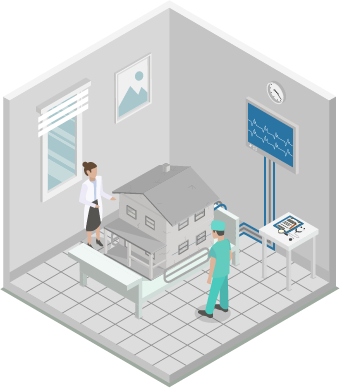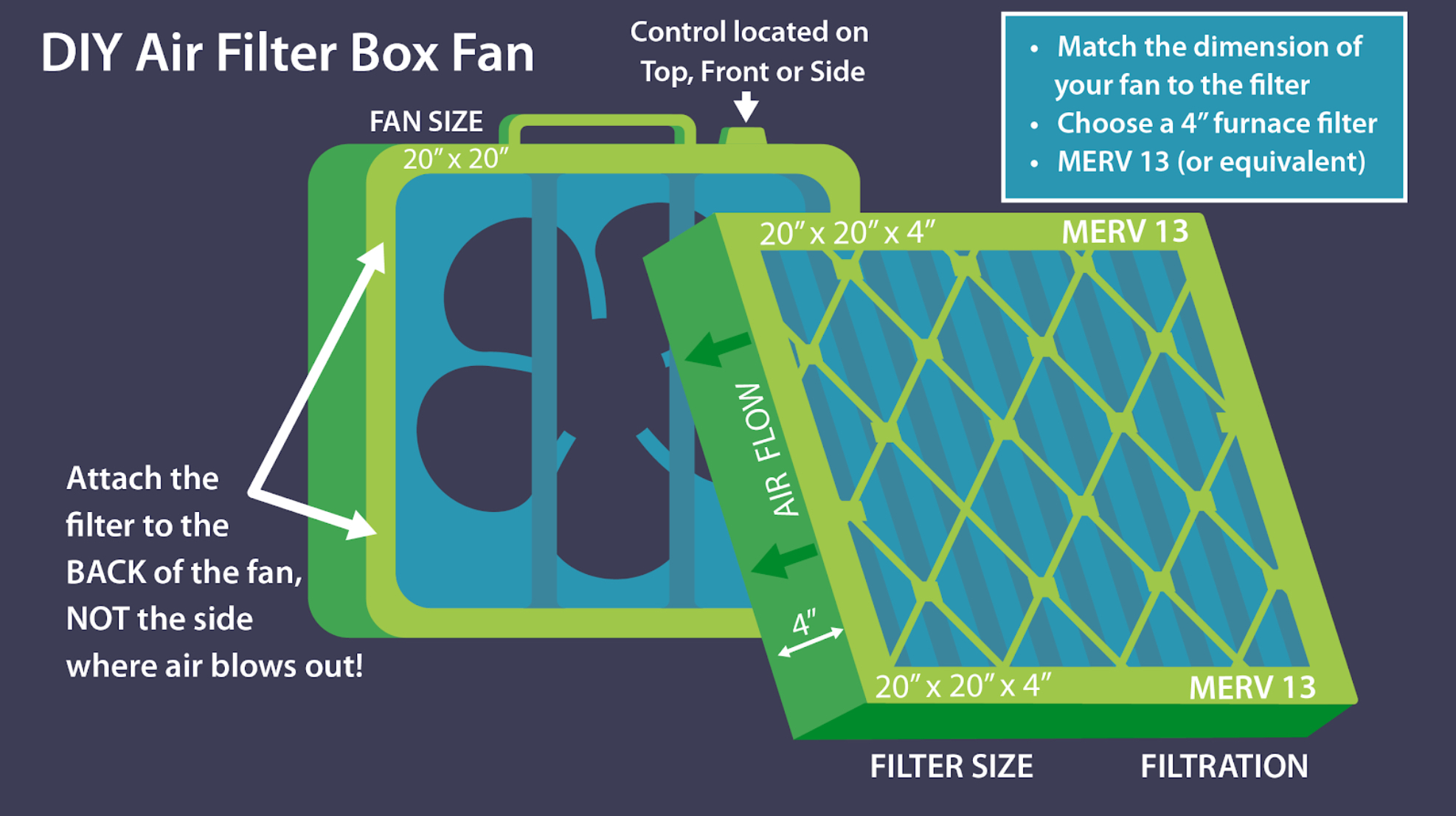At Hayward Score, we often get asked: “What makes a home healthy?”.
The truth is this can be a complicated question to answer. Every home is different, and every sick home is in need of different solutions. There are some solid starting principles though:
1. Continuous Fresh Air
It comes as a surprise to most people that the air inside their home isn’t always “fresh air.” The air inside your home is a concentrated mixture of what is outside of your home (including pollution and pollen) plus what comes up from your basement or crawlspace, through your heating/cooling systems, and through all the hidden cracks and crevices. Add in the chemical fragrances from personal care and cleaning products, pesticide use, and the increased moisture from showering, laundry and cooking and it becomes easier to see how the air you breathe inside your home can’t be assumed to be “fresh.”
“It comes as a surprise to most people that the air inside their home isn’t ‘fresh air’.”
Opening windows can help, but they really only provide fresh air in close proximity to the open window. When your windows and doors are closed, continuous fresh air can be achieved through a balanced air management system that draws air in through a tube, filters it and then silently distributes it evenly throughout the house. Simultaneously, the system silently expels damp, stale air through bathrooms, laundry rooms and kitchens. This keeps fresh and healthy air moving throughout the “breathing zone” of the house.
2. Proper Sealing & Insulation
To keep bad air and moisture out, you need to eliminate air leaks through subtly hidden air pathways in floors and walls as well as your basement, crawl spaces, and attic. You want to make sure your house is well-sealed with non-toxic foam, caulking, and climate appropriate moisture barriers to ensure your family isn’t exposed to air from the damp, dark spaces of the house. In new construction, use a breathable membrane, which blocks most water and leaking air but still allows the house to breathe. Sealing also keeps pests and rodents from getting into your living spaces and compromising air quality.
Proper insulation is also critically important. Not only does it make your home more comfortable and energy efficient, but it also helps to eliminate the cold areas of the home where dampness condenses and accumulates resulting in mold growth and generally unhealthy air.
3. Non-Toxic Materials and Products
When you think of your exposure to toxins inside your home, you need to think broadly. Your house isn’t built out of only one material and you probably don’t just have one cleaning product. Houses are built out of hundreds of different building materials, including pieces of furniture and carpeting, use cleaning and personal care products, and some even routinely use scented candles. While any one product is unlikely to cause a problem unless you are chemically intolerant or allergic, it is the total mixture of chemicals that places a burden on health.
“While any one product is unlikely to cause a problem unless you are chemically sensitive or allergic, it is the total mixture of chemicals that places a burden on health.”
Reduce or eliminate as many chemicals as possible within the house to avoid breathing them in. This means using low or non-toxic paint and building materials, eliminating internal sources like air fresheners, scented candles, chemically fragranced cleaning products, laundry detergents and personal care products, choosing flooring without formaldehyde and upholstered furniture without flame retardants. Be cautious in storing personal care items or cleaning supplies in bedrooms or under the sink in bathrooms without ventilation. We strongly recommend storing paints and pesticides away from the house, but if you can’t do that, make sure lids are tightly sealed and containers are intact and place them away from the living spaces. And, not near the forced air system.
4. Cleanable Surfaces
Carpet, drapes, upholstery and bedding provide the perfect breeding ground of bacteria and dust mites and accumulate dust, pollen, pet dander, and other allergens. For a healthy home, maximize your smooth, easily cleanable surfaces by replacing wall-to-wall carpeting with smooth flooring and fabric drapes with non-fabric alternatives.
If replacement isn’t an option, it is best to routinely vacuum your carpet with a HEPA filtered vacuum. It will be identified with the words “99.97% removal at 0.3 microns. Don’t forget to deep clean both carpet and drapery periodically. Bedding should be routinely laundered.
“You probably wouldn’t choose to live in a house with a dirt floor, but unless the soil in your crawlspace or basement is sealed with a sealed moisture barrier , you have a dirt floor in your house.”
Cleanable surfaces actually extend to what is under your house too. You probably wouldn’t choose to live in a house with a dirt floor, but unless the soil in your crawlspace or basement is sealed with a moisture barrier, you have a dirt floor in your house. Even though you may never go into your crawlspace an estimated 40% of the air you breathe inside your house is sucked up from the crawlspace and basement and brings with it dampness, odors, soil gasses, dirt, dust, and pests.
Creating a healthy home can seem like a complex challenge, but appreciating these four principles move toward success. For more tips on achieving the best healthy home, read our tips on decluttering for a healthy home here.
To learn more about additional conditions in your home that may be impacting your health, take the Hayward Score survey today! Get suggestions on how to make your home healthier, as well as detailed, personalized Action Plans to get you started.
Getting to a healthy home can seem daunting, but it is possible and our experts are here to help! You can Ask an Expert, and one of our Hayward Score team members will contact you within 2 working days to schedule your call.
Hayward Score helps you discover how your home may be impacting your health in minutes – – for FREE!
Answer a quick set of questions then get a personalized list of action items. Transform your home and health today!

ARE YOU CONCERNED YOUR HOME IS MAKING YOU SICK?
Our guide on indoor quality will help you diagnose possible issues and implement intelligent solutions to improve the quality of the air inside your home.















